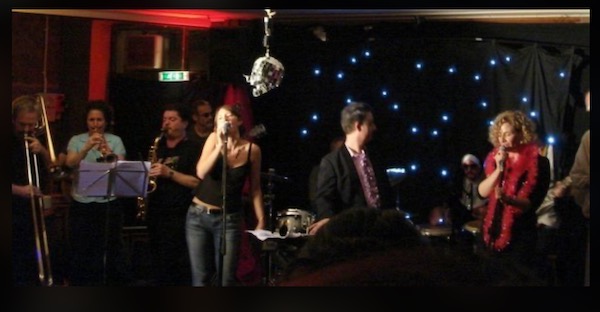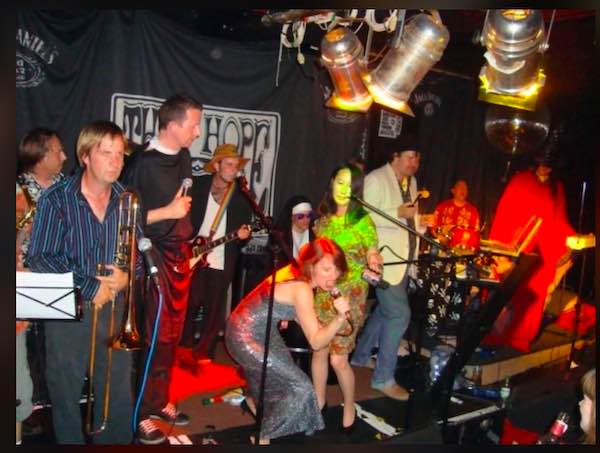Although winter has not yet formally begun, this is the time of year when the darkness stretches ahead into infinity. In the face of this, the prospect of brighter days, of snowdrops and crocuses pushing up from the bare earth, seem like an impossible dream. We know that day will come, but it’s not a reality we can yet grasp.
As the second lockdown ends, the news has come that the entirety of Kent and Medway where we live will go into Tier 3 restrictions next week. To be clear, this is essentially continued lockdown with just a few limited perks. Christmas is set to be mostly insular, and we are being asked to brace ourselves for no indoor socialising until Spring. The promise of effective COVID vaccines from Moderna, Pfizer and AstraZeneca – miraculous medicines developed by hard-working and no doubt exhausted scientists in ten months instead of the usual ten years – are like those springtime bulbs: we know they will pull us out of our blues eventually, but we’ve got to get through the winter first.
Even though the vaccine results are preliminary, I say “know” with some confidence. While the first report of vaccine success might have been a blip, the further confirmation of two independent vaccines also showing good efficacy strongly point to an infection that is amenable to vaccination generally. We had inferred from other coronaviruses that immunity might not be robust or sustainable, but in this it appears we were wrong – and thank goodness for that.
Still, as the logistical nightmare of mass production, roll-out and deployment get underway on a global scale, we still have to get through the winter. Respiratory viruses are at their peak this time of year, and many people are going to perish before those spring blossoms start to unfurl. Now is not the time to surrender our vigilance.
So I am treating the Tier 3 news philosophically – a necessary winter evil we have to pay to reach the Spring. We’d been saving our Thanksgiving feast until next weekend, to celebrate with another family, but instead we’ve hastily thawed out the bird and will have our meal today, just the three of us (and a lot more leftovers than usual to look forward to). Having already had to cancel my birthday treat in Whitstable a few weeks ago, it seems inevitable we’ll be calling off our planned “freedom” escape to look for fossils on the beach in Lyme Regis later this year. So be it.
All around me are things that keep the gloom at bay. The so-called “Christmas” cacti that flower prematurely without fail ever year at Thanksgiving, brilliant splashes of hot-pink in the otherwise murky grey daylight. The phalanx of paper white narcissus bulbs I’m forcing in the garage, pots soon to be brought out one by one to fill the room with scent. Our experimental new winter garden in the spare room, rows of vegetable seedlings flourishing on a bamboo ladder shelf under a heavy-duty industrial LED array. The jaunty shoots of mixed lettuces growing in our hydroponic system. Out in the back garden gone wild and fallow for another year, we’ve strung up solar lights around the sauna, and we recently installed a small wood-burning stove into our summer house, which makes unavoidable weekend science work a bit more palatable.
Christmas, though solitary, will also give us temporary reprieve. I think I’m looking forward to it more than ever because of the current situation, not despite it. The rituals keep us anchored in familial love and good cheer. I’ve dispatched the first of a string of gifts to my ailing father shielding in Colorado, and we have plans to put the lights up early this year. Live Christmas tree vendors are allowed to trade, we have a blitz of baking on the docket, and Richard has already started incubating the eggnog (made extra special this year because our own lovely ladies have provided the main ingredient).
So let the days get even shorter. Let the frost glaze the grass, the feeble sun fail to crest the garden wall. Let the freezing fog roll in off the Thames below, spangling the spiderwebs, blotting out even the neighbours and setting off lonely horn blasts from passing ships, unseen. We’re ready.
































